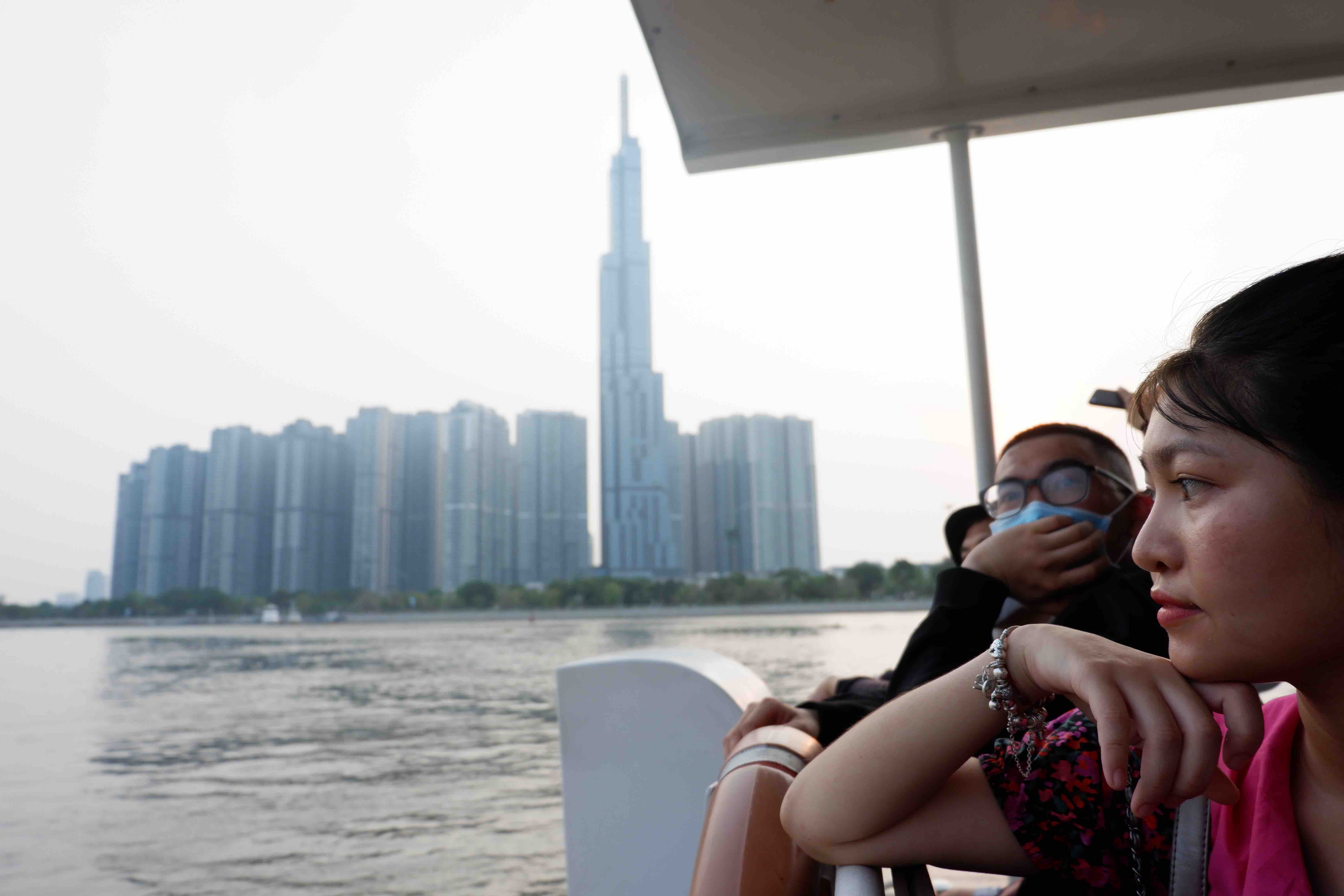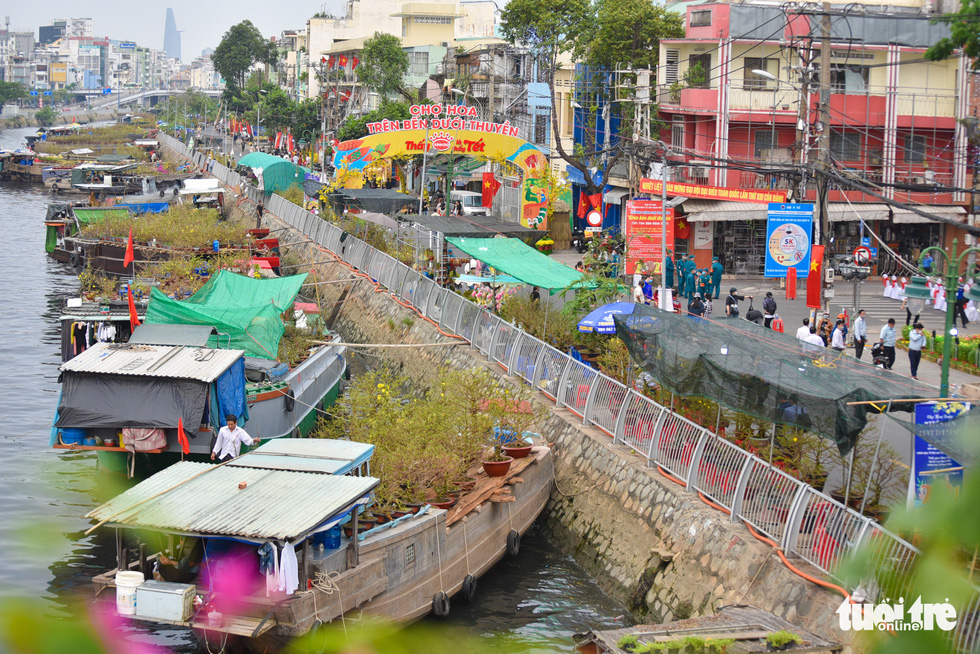With a network of rivers and canals that rivals just about any other city in Vietnam’s Mekong Delta, it’s time for Ho Chi Minh City to capitalize on the economic and tourism potential of its waterways to attract a wider global audience.
I have lived in Ho Chi Minh City long enough to witness the revival of the city’s "dead canals."
Most people are surprised to hear that the green canals we see snaking through the city today were declared “clinically” dead in the 1990s.
The successful revival of the Nhieu Loc - Thi Nghe, Tau Hu, and Doi canals are due to a successful campaign run by the municipal government.
Few cities in the world have such a rich and intertwined system of rivers and canals. In Ho Chi Minh City, this network of waterways is not only helpful in draining and cooling the city, but also in the development of the city’s traffic infrastructure, economy, and tourism appeal.
I have ridden the city’s river bus system, which connects Bach Dang Wharf in District 1 to Linh Dong Ward in Thu Duc city, several times. I found the 45-minute ride to be too short for me to enjoy, and we can integrate “transportation, economy and tourism” to make the most of the city network of rivers and canals.
 |
| A group of passengers contemplate the sun go down against the blue background of the sky and the iconic Landmark 81 skyscraper in from the Saigon Waterbus. Photo: Linh To / Tuoi Tre |
Currently, there are several floating restaurants in Saigon which offer tourists excursions and culinary experiences on the river. There are also have canoe services which offer tourists more adventurous experiences.
However, these services pale in comparison to the abundant potential.
The Doi, Tau Hu, and Ben Nghe Canals are currently used to receive traders who travel by boat from the Mekong Delta to sell agricultural products and hope to leave the city with made-in-Saigon product to sell back at home.
The city could build a floating market, similar to the famous Cai Rang floating market in the southern city of Can Tho, and organize tours for visitors to the city to visit and shop.
The twelfth month in the Lunar calendar is when traders bring flowers from the Mekong Delta to Ho Chi Minh City and it would be definitely be possible to organize a flower festival on the canals as this is the time when foreign tourists often flock to the city.
Building floating stages for art performances and creating floating backdrops for tourists to take photos would enhance the experiences for visitors.
I think we can also combine travel services on land and water to make more interesting tours. I can imagine cruise ships carrying passengers slowly down the Dong Nai River for breakfast at Pho Islet in neighboring city of Bien Hoa, lunch at Binh Quoi Tourist Area in Ho Chi Minh City’s Binh Thanh District, a stop on Nguyen Hue pedestrian street in District 1, and dinner at the food court in Ben Thanh Market.
Transforming Saigon into “a city of bridges” could be another means of leveraging its vast waterways. Despite the large numbers of rivers and canals, the amount of bridges in Ho Chi Minh City seems quite modest.
Another limitation is that the current bridges are merely used for traffic function, and there is no bridge currently considered as a tourist attraction. The city should invest more in bridges for pedestrians and tourists only next to the existing bridges.
It would not be too difficult to build a bridge next to the Saigon Bridge with a unique and eye-catching design that could attract visitors with a breathtaking view of the city’s skyline. Visitors would also be able to wander to nearby attractions, such as Landmark 81, or the Van Thanh Tourist Village.
Other canals also need more aesthetic and romantic pedestrian bridges where locals and tourists can to relax, exercise, or sightsee.
We have spent thousands of billions of Vietnamese dong to "rejuvenate" the canal, now let's add a small amount of money to bring greater benefits to the community and the city.
The original story was written in Vietnamese by Thanh Binh and translated into English by Tuoi Tre News, in response to the 'Ho Chi Minh City Goes Global' contest, an open forum for readers to contribute their ideas and solutions to raise the position of Saigon - Ho Chi Minh City in the international arena.
The contest is co-organized by Tuoi Tre (Youth) newspaper and the Ho Chi Minh City Department of External Relations to prepare for the celebration of National Day on September 2.
For further information and how to take part, please click here.
Like us on Facebook or follow us on Twitter to get the latest news about Vietnam!
















































